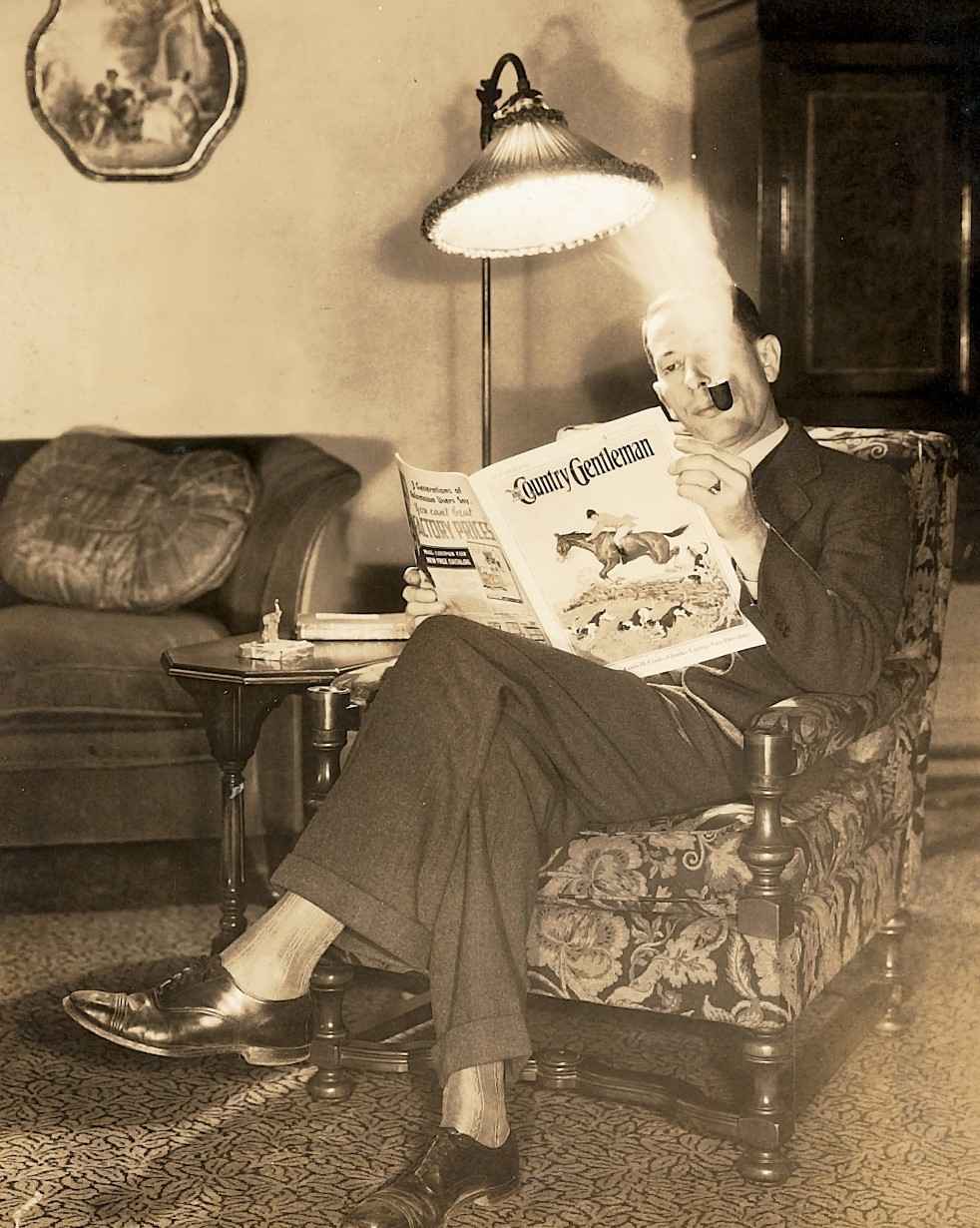Kenneth Nunamaker (1890 - 1957) Works

Kenneth Nunamaker (1890 - 1957)
Kenneth R. Nunamaker was born in Akron, Ohio in 1890. He received his official training in the art department of the Akron Engraving Company. He painted in his spare time, largely learning his craft through experimentation and the observation of nature, translating the landscape around him onto his canvases.
Nunamaker moved to the Philadelphia area in 1918, living first in Glenside. He took a job at the Hoedt Studios, a commercial art firm in Philadelphia, where he was soon promoted to art director. By this time, Nunamaker was already an extremely competent landscape painter. Continuing to paint as often as possible, he began making frequent trips to New Hope while also starting to participate in exhibitions at the Pennsylvania Academy. In 1923, Nunamaker with his family moved to Centre Bridge, Pennsylvania. There, he developed a close association with members of the New Hope Art Colony. Nunamaker was strongly influenced by the impressionist paintings by Edward Redfield, particularly those of Centre Bridge, who subsequently took the young artist “under his wing”. With Redfield as an unofficial instructor, Nunamaker became acquainted with Daniel Garber and other artists who were living and working around the New Hope Art Colony.
He left Hoedt Studios in 1945 and with his son, Alfred, opened their own freelance commercial art studio in the Beury Building in Philadelphia.
Kenneth Nunamaker painted atmospheric impressionist landscapes. His technique employed a thickly layered impasto with a soft but rich well blended palette. His earlier work mostly resembles that of his mentor, Edward Redfield, with thick vigorous brushwork. His later work relates more to Garber, using much lighter application of paint and with more attention to detail.
Throughout his career, he exhibited extensively in numerous solo and group exhibitions. Nunamaker’s work was included in exhibitions at the Pennsylvania Academy of the Fine Arts, the Philadelphia Sketch Club, the Woodmere Art Museum, the Peabody Institute, the Phillips Mill Art Association, the Corcoran Gallery of Art, the International Gallery in Venice, the National Academy of Design, and the Salmagundi Club.
Source: New Hope for American Art by James Alterman

